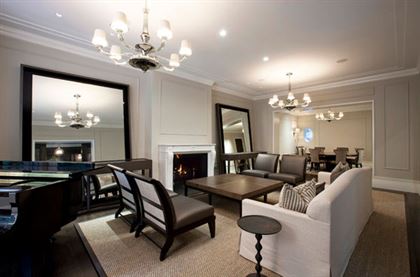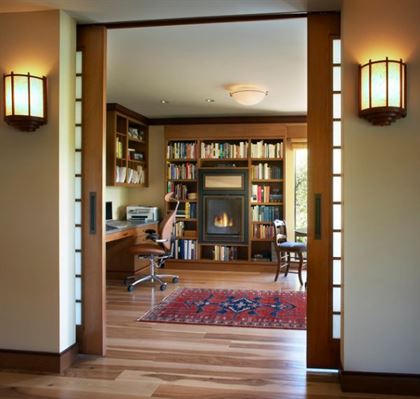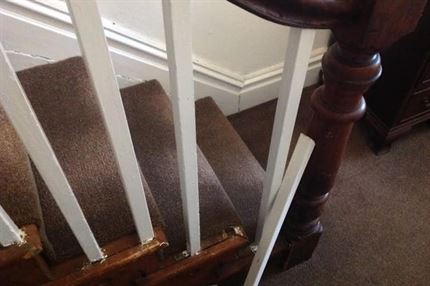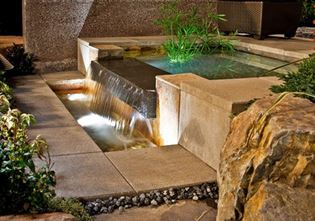In case you are not familiar with the concept, Feng Shui was developed in China over 3,000 years ago. It is the art and science of balancing energies in any given space in order to attract good fortune and good health for anyone inhabiting it.
Feng Shui has also become quite popular in the Western world and in most parts of the globe too. As a general rule, Feng Shui practitioners ensure the front of the house is inviting so that positive energy may enter. It should be free from obstruction or clutter, with dead plants cut off, and anything that’s broken removed out of the way.
Check out these other tips homeowners can practise at home:
1. An inviting façade
As previously mentioned above, the front part of the house must be free from any obstruction and open to receiving positive energy.

2. Proper furniture arrangement
The idea is to allow a good flow of energy in the room. To do this, furniture must allow free passage and leave enough room for people to be able to move around freely.
3. Strategically-placed mirrors
Hanging mirrors on the wall not only make any space look and feel bigger, they are also reflective of positive energy, IF positioned correctly. Mirrors, when they reflect positive energy, prevent the flow of negative energy in and around the home. Just do not place a mirror facing the front door because this is said to drive good energy out by reflecting it away from the house.

4. Separate rest and work areas
This should always be practised even without taking Feng Shui into consideration – for the simple reason that when these two are mixed, relaxation becomes more difficult, if not impossible, thereby keeping you away from getting a good night’s sleep.

5. Prompt repairs
Apart from safety reasons, any broken or problematic aspect of the house (i.e.doors, windors, and staircases) must be fixed immediately. Putting off repairs restricts the flow of positive energy in the house.

6. The right colours
Colours play a significant role in Feng Shui. For example, green symbolises nature which equates to life and hope; Yellow is for power, while purple and red are considered lucky. The best colours to use in living spaces are those that help its inhabitants relax.
7. Clutter-free rooms
De-cluttering a home is important to achieve a harmonious home and a harmonious life. Because clutter can restrict the proper and free flow of energy, a disorganised home will result in feelings of anxiety and difficulties relaxing. As a rule in Feng Shui, objects that are broken or those which bring forth bad memories must be discarded.
8. Plants, flowers and fruits display
Displaying living things such as plants and flowers promotes the flow of positive energy in the home. Just be mindful about displaying those that have thorns because these must be avoided. Lemons and oranges are thought to bring good luck, while a bowl of fruit in the bedroom is said to encourage sexual health.

9. Water feature
The successful implementation of Feng Shui is incomplete without a water feature. It promotes relaxation and harmony.

10. Minimal to no sharp lines and corners
In Feng Shui, round is the preference. It is believed that sharp corners bring forth negative energy and these must not point towards beds or chairs because they prevent relaxation.
Following these ten practical Feng Shui tips can help you transform your home into a safer and more relaxing place. It will also help you achieve balance, harmony, and prosperity. Feng Shui has helped millions of people around the world, and now you can benefit from it too.



